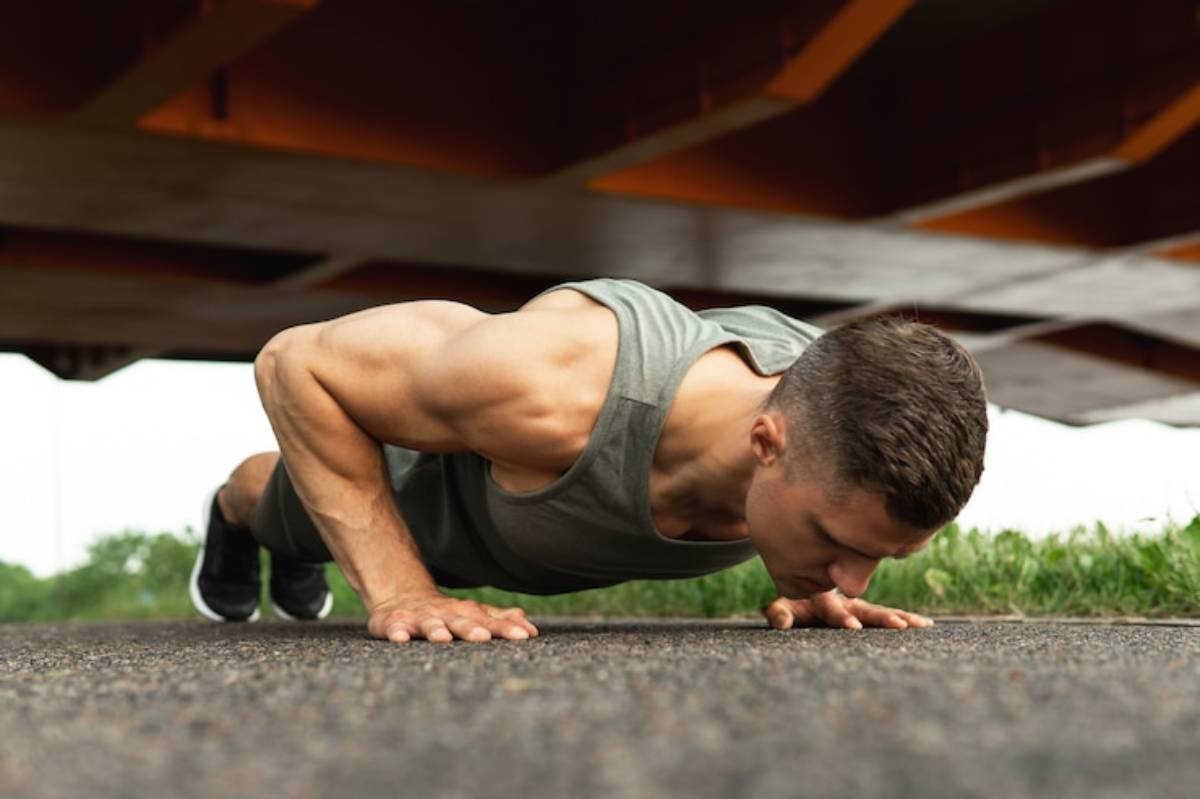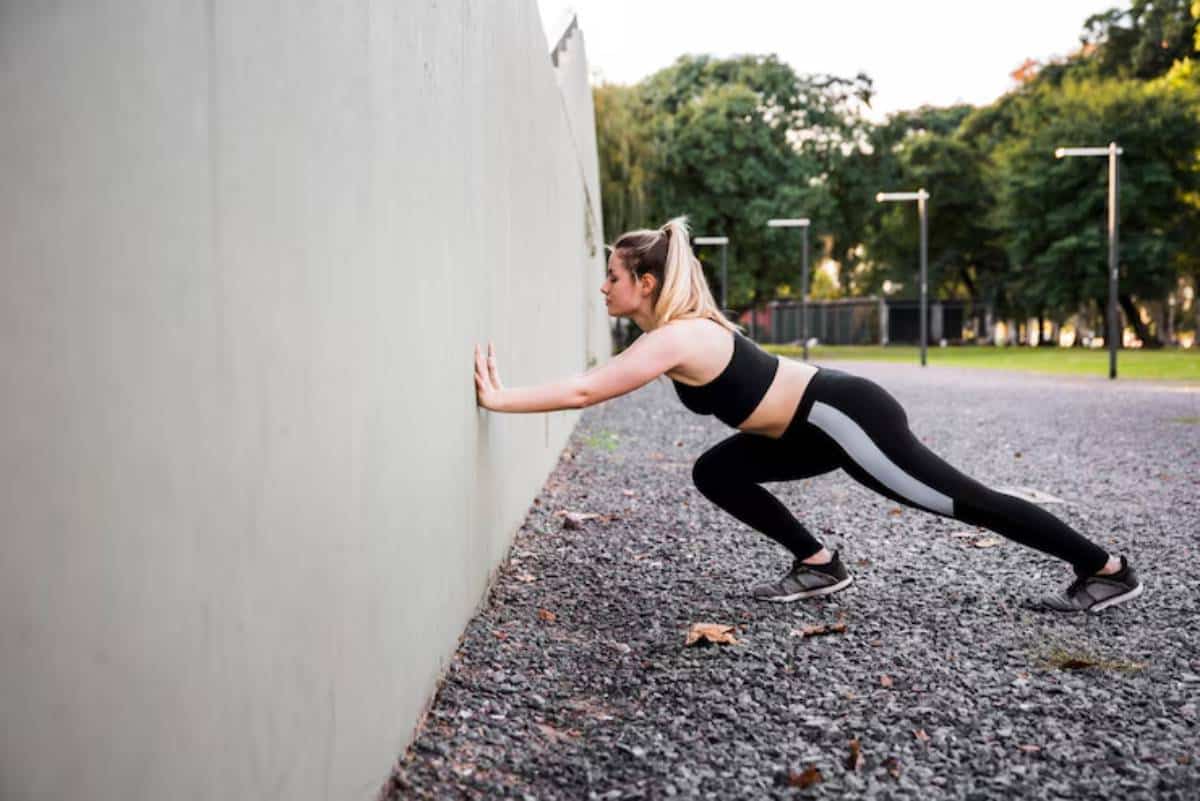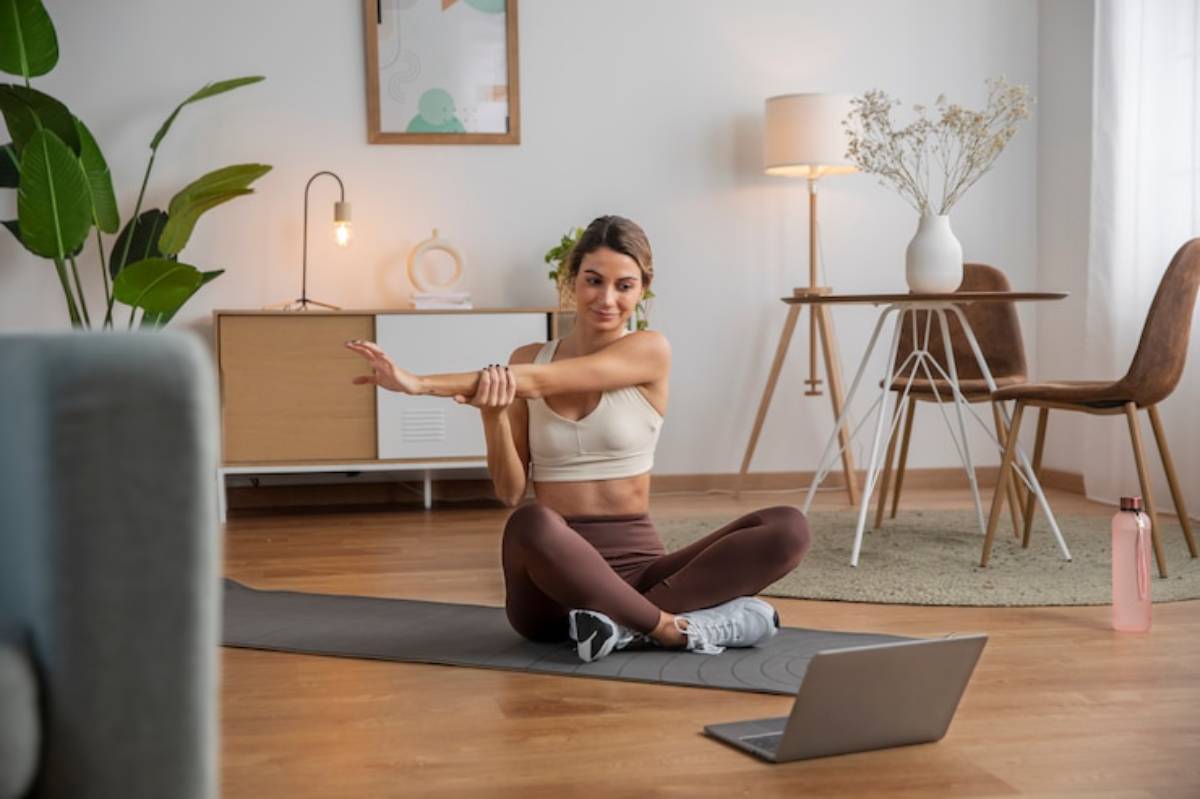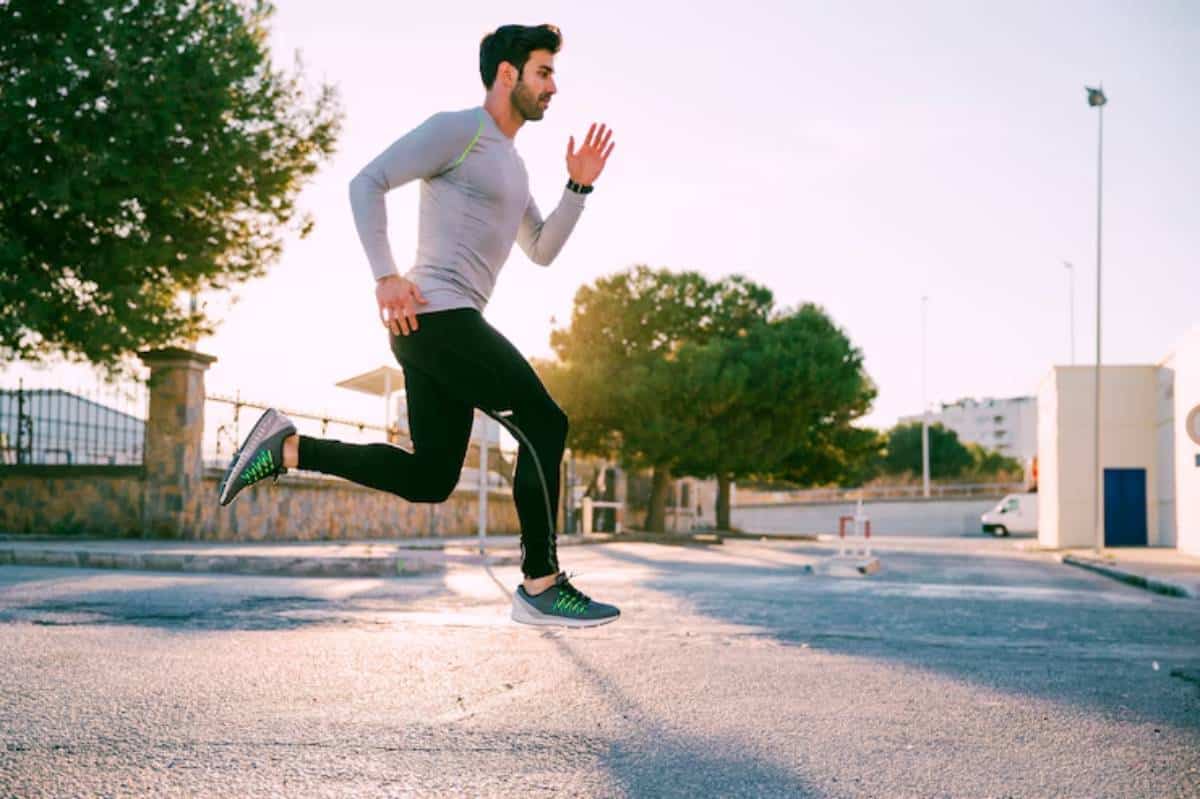
Improve Balance and Stability With Bodyweight Drills
Why Balance and Stability Are More Important Than You Think
Have you ever stumbled while carrying a bag of shopping or felt wobbly during a workout? You’re not alone. Balance and stability are fundamental to nearly every move you make, whether you’re sprinting, lifting, or simply getting out of bed. Yet, they’re often overlooked in typical training routines.
The good news? You don’t need a gym membership or fancy kit to sharpen these crucial skills. With targeted bodyweight balance exercises and smart stability workouts, you can build strength, coordination, and confidence — anytime, anywhere.
In this guide, we’ll dive into simple yet powerful drills that boost your body’s natural ability to stay steady. Whether you’re chasing athletic goals or just want to feel more sure-footed in daily life, you’ll find something here to help. Ready to feel grounded and unstoppable? Let’s jump in.
The Power of Balance: Why It Matters for Everyone
Balance is far more than standing on one leg for a few seconds. It’s the invisible force that underpins athletic performance, injury prevention, and even basic mobility. When your balance is sharp, you move more efficiently and react faster to sudden changes — whether that’s a quick turn on the football pitch or slipping on a wet pavement.
Benefits of improving balance and stability include:
- Reduced injury risk: Strong stabiliser muscles protect your joints.
- Better posture: A balanced body aligns naturally, preventing chronic pain.
- Enhanced athletic performance: From running to weightlifting, balance amplifies power and precision.
- Improved everyday movement: Simple tasks like reaching, bending, and twisting become easier and safer.
The beauty of coordination training is that it’s a skill you can keep improving at any age. You’re never “too old” or “too clumsy” — it just takes the right approach.
How Bodyweight Training Sharpens Stability
You might wonder, “How can just using my bodyweight be enough?” The answer lies in functional movement.
When you train with machines, much of the stability work is done for you. Your body doesn’t have to work as hard to stay upright or balanced. In contrast, bodyweight balance exercises engage your core, hips, and smaller stabilising muscles naturally — the very ones you use in real-world movement.
In essence, you’re training your body the way it was designed to move. No gimmicks. No need for kettlebells, resistance bands, or fancy BOSU balls (although they have their place too!). Just you, gravity, and a bit of patience.
Essential Bodyweight Balance Exercises to Try
Ready to roll up your sleeves? Here are some of the most effective, accessible exercises for building balance and stability — all using just your own body.
1. Single-Leg Stand
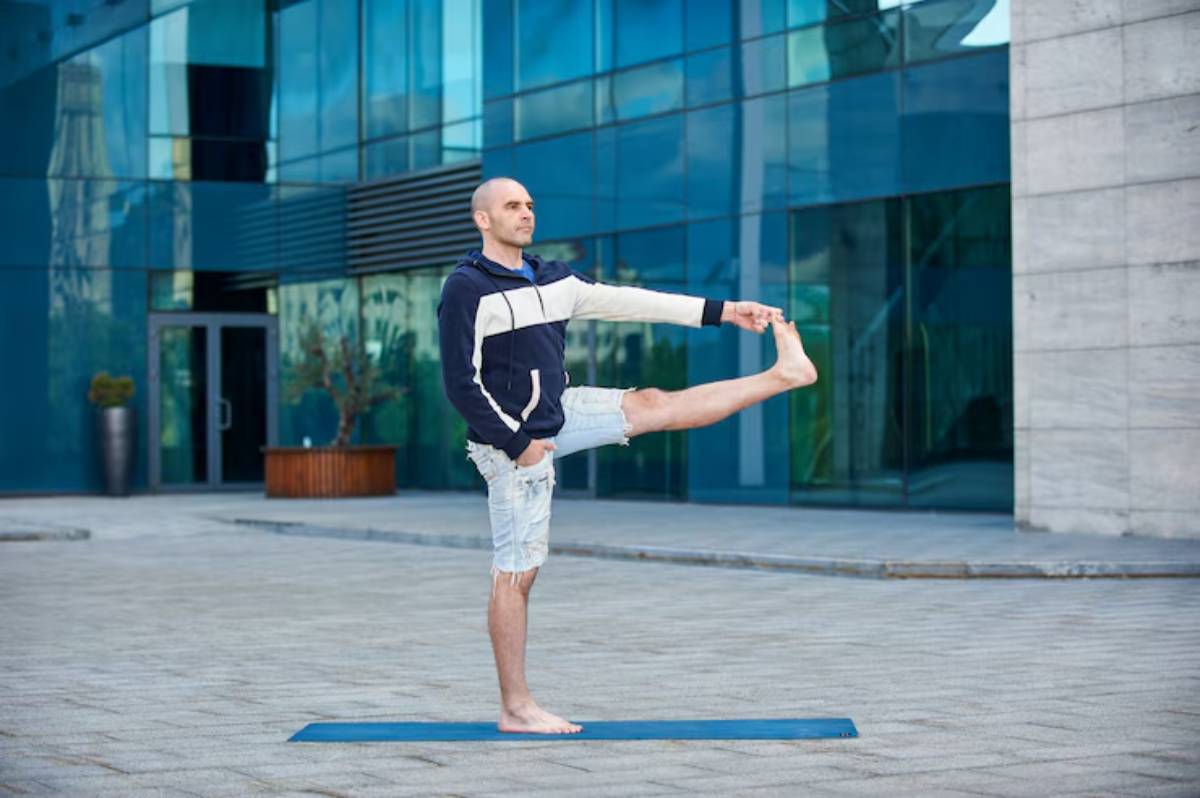
A deceptively simple but powerful drill.
How to do it:
- Stand tall with feet hip-width apart.
- Shift your weight onto one foot.
- Lift the opposite foot a few inches off the ground.
- Hold for 20–30 seconds, then switch sides.
Want a challenge? Close your eyes or stand on a soft surface like a folded towel.
2. Bird-Dog
Perfect for core stability and coordination training.
How to do it:
- Start in a tabletop position (hands under shoulders, knees under hips).
- Extend your right arm and left leg simultaneously, keeping your hips square.
- Pause for a second at full extension.
- Return to the starting position and switch sides.
Move slowly — control matters more than speed here.
3. Bulgarian Split Squat (Bodyweight Version)
This targets balance, leg strength, and hip stability.
How to do it:
- Stand a couple of feet in front of a sturdy chair or bench.
- Rest one foot behind you on the chair.
- Lower your body until your front thigh is parallel to the ground.
- Drive through your heel to return to standing.
If you wobble a bit, that’s normal! It means your stabilisers are working overtime.
4. Clock Lunges
A dynamic, real-world coordination drill.
How to do it:
- Imagine a clock face on the ground.
- Lunge forward to 12 o’clock, then back to centre.
- Lunge diagonally to 2 o’clock, then 3 o’clock, and so on.
- Switch legs after a full circle.
Keep your chest tall and core engaged throughout.
5. Single-Leg Glute Bridge
Activate your posterior chain (glutes, hamstrings, lower back) for better hip stability.
How to do it:
- Lie on your back, knees bent, feet flat.
- Extend one leg straight up.
- Push through the heel of the planted foot to lift your hips.
- Pause, then lower with control.
Focus on squeezing your glutes, not just lifting your hips.
Pro Tips to Maximise Your Stability Workouts
Building great balance isn’t just about the moves — it’s about how you train. Here’s how to get the most out of your sessions:
- Train barefoot when possible. It strengthens the tiny muscles in your feet.
- Slow down your movements. Rushing hides imbalances and cheats the results.
- Incorporate unstable surfaces once you’re confident, like standing on a cushion or wobble board.
- Stay consistent: 2–3 sessions per week can create noticeable improvement within a month.
- Focus on your core: Strong abs and lower back muscles are crucial to steady movement.
Small, steady progress is your best friend here. Think of it like learning to ride a bike — a few wobbles are part of the process!
Common Mistakes to Avoid
When practising stability workouts, it’s easy to fall into a few traps.
Here’s what to watch out for:

- Holding your breath: Breathing steadily helps with control and oxygen flow.
- Ignoring posture: Slouching puts you off balance before you even move.
- Skipping both sides: Always train both sides evenly to prevent muscle imbalances.
- Giving up too quickly: Improvement often feels frustratingly slow at first — stick with it!
As with anything in fitness, mastering bodyweight balance exercises is about patience and persistence.
Progressions: How to Keep Challenging Yourself
Once you master basic drills, you’ll want to keep progressing to avoid plateaus.
Here are a few ideas:
- Add Movement: Turn static holds (like single-leg stands) into dynamic drills (like walking lunges or hopping drills).
- Play with Vision: Close your eyes or look side to side during exercises to challenge your vestibular system (your body’s internal balance sensors).
- Combine Movements: For example, move from a lunge directly into a single-leg deadlift for a real test of control.
- Increase Time Under Tension: Hold positions longer to fatigue your stabiliser muscles and build endurance.
Progressing carefully not only keeps things interesting but also ensures you’re constantly building resilience for whatever life throws at you.
Real-World Stories: How Bodyweight Balance Drills Make a Difference
Take Sarah, a 38-year-old office worker who constantly struggles with ankle sprains. After adding simple coordination training and stability workouts to her weekly routine, she noticed a huge difference within just six weeks. Not only were her ankles stronger, but her overall posture improved — she even shaved a few seconds off her 5K run time.
Or consider David, a 55-year-old golfer. Through focused bodyweight balance exercises, he improved his swing stability and drastically reduced lower back pain, making golf weekends much more enjoyable (and competitive!).
These aren’t extreme transformations. They’re everyday wins — the kind you can achieve too.
Conclusion: Build Your Foundation for Life
Improving balance and stability isn’t just about athletic performance. It’s about moving through life with strength, grace, and confidence.
By embracing bodyweight balance exercises and making time for regular stability workouts, you’re investing in a stronger, more resilient you — no gym required, no fancy gear necessary. Just dedication, patience, and a little creativity.
So, what are you waiting for? Take five minutes today to try a few of these drills. Feel the difference in how your body moves, stands, and supports you. You’ll be surprised just how much better life feels when you’re rock steady.
Your Turn: Which drill are you excited to try first? Share your thoughts in the comments below — and don’t forget to subscribe for more simple, smart training tips delivered straight to your inbox!
